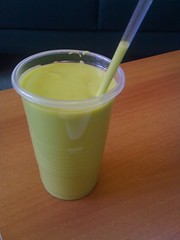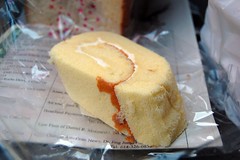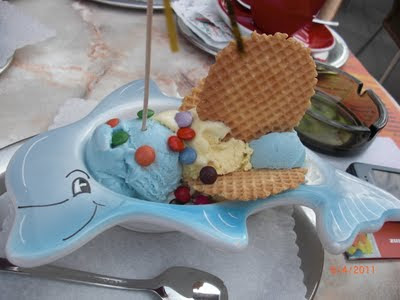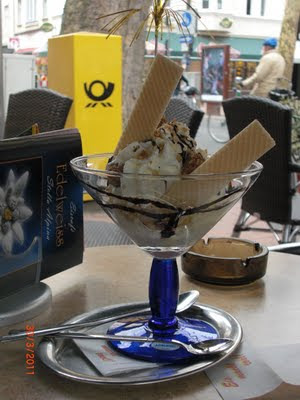 Image via Wikipedia
Image via WikipediaYema is a Filipino term to describe sugar and soft milk mixture.
Ingredients:
180 g condensed milk
120 g mashed potato
1 tablespoon butter
1/8 teaspoon salt
Sugar Glaze:
100 g sugar
60 ml water
1/8 teaspoon cream of tartar
Procedure:
1. Combine all the ingredients and cook in a double boiler, stirring frequently, until the mixture thickens (about 15 minutes). Set aside to cool.
2. Once cool enough to handle, roll into 2.5 cm diameter balls.
3. For the sugar glaze, combine the ingredients in a saucepan and bring to a boil.
4. Cook until syrup is lightly caramelized.
5. Dip the Yema balls into the syrup and set aside to cool before wrapping in cellophane paper.
Here is a video of a yema recipe making use of jackfruit.

























